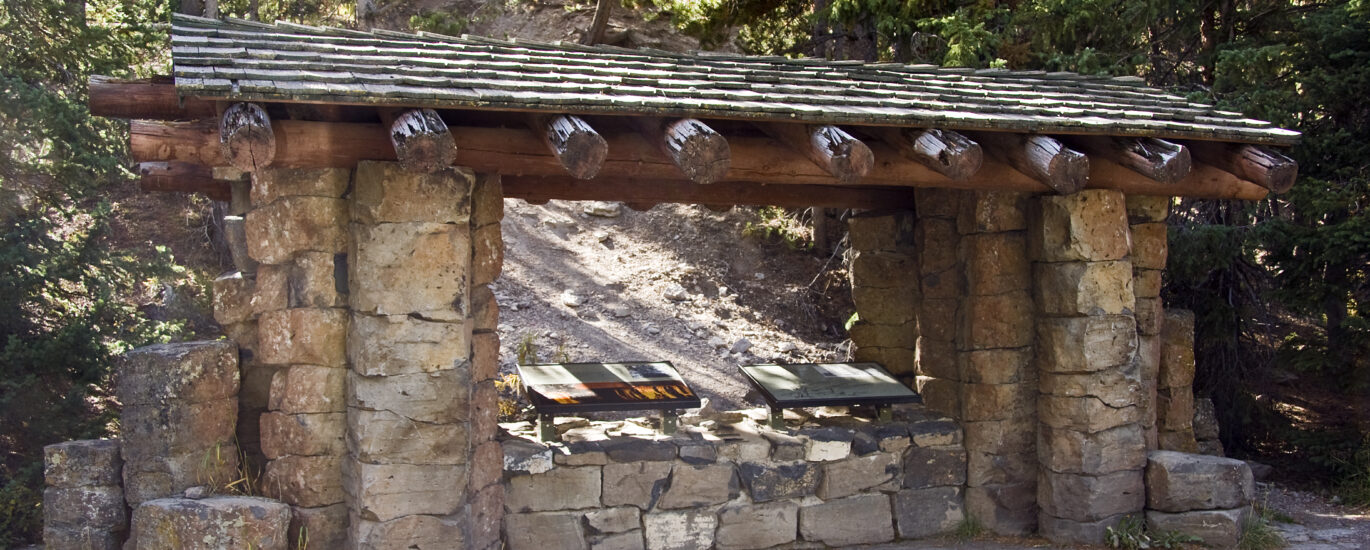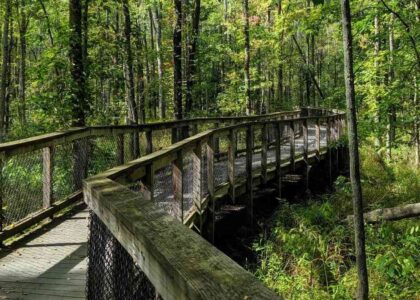Welcome to the Obsidian Cliff Kiosk, a fascinating glimpse into both natural history and human ingenuity here in Yellowstone National Park. This location stands as a testament to the enduring relationship between people and the land, shaped over millennia. The Obsidian Cliff itself is a massive formation of volcanic glass, formed 180,000 years ago from a rhyolitic lava flow. Rising majestically, this geological wonder not only serves as a striking visual landmark but has also been a vital resource for human populations for over 12,000 years.
The cliff was named by Philetus Norris, the second superintendent of Yellowstone, in 1878. Recognizing its significance, it was declared a National Historic Landmark in 1996. The Obsidian Cliff Kiosk, constructed in 1931, was the first ‘wayside exhibit’ in the National Park system, designed by Carl Russell. This small structure stands as a piece of history itself, embodying the early efforts to educate visitors about the park’s unique features.
For thousands of years, Native American groups traveled from afar to collect the sharp black glass, which they fashioned into tools and ceremonial objects. Obsidian from this location has been found as far away as Ohio, carried across the continent by ancient trade networks. Modern archaeologists have used X-ray fluorescence technology to trace the origins of obsidian artifacts, revealing the extensive trade routes of prehistoric peoples.
The 1988 wildfire, which swept through much of Yellowstone, cleared the area around Obsidian Cliff, allowing for detailed archaeological surveys that have added substantially to our understanding of how this resource was used throughout history. Today, the kiosk provides a window into these stories, offering visitors a chance to connect with the long human history of this extraordinary place.




